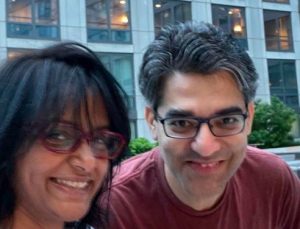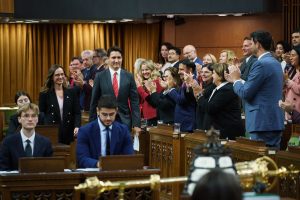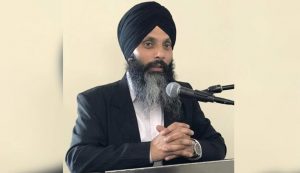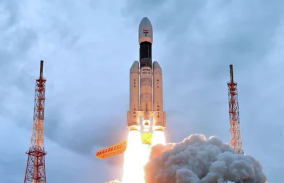Prime Minister
Narendra Modi launched the Ayushman Bharat Digital Health Mission on Monday.
Describing the mission, the prime minister said that it has the ability to bring
revolutionary change in India’s health facilities and that the scheme is
designed to benefit the poor and middle-class. One of the key components of the
Ayushman Bharat Digital Health Mission is that of a national health ID that will
integrate all health information about a person under a single code. The idea
of the national health ID finds its roots in a 2018 Niti Aayog proposal to
create a unique identity for every user in the National Health Stack.
What is the
national health ID?
The national
health ID will serve as a repository of information on health of a person.
Every patient who wishes to have their health records available digitally will
have to create a health ID. This health ID will be linked to a digital health
consent manager, such as the National Digital Health Mission (NDHM) which will
be used to seek the patient’s consent and allow seamless flow of health-related
information.
Also Read | Ayushman Bharat Digital Mission: India’s big push for tech-enabled healthcare
How to create
national health ID?
The national
health ID will be created using a person’s basic details, mobile number and
Aadhaar number. This will ensure that the ID is unique. The user will be able
to link all their health records to this ID.
How will the
national health ID work?
According to
plans, the national health ID will be integrated with other information
repositories including those of healthcare providers such as hospitals,
laboratories, insurance companies, online pharmacies and telemedicine firms.
Also Read | 65 hours, 20 meetings- PM Modi’s jampacked schedule at the US tour
Has this been done
before?
The idea of a
national health ID is fairly uncommon. The UK tried a semblance of it back in
2005. UK’s National Health Service deployed electronic health systems with a
goal to patients with a centralized electronic health record by 2010. However,
while several patients did obtain the records, there was no national exchange
for healthcare information. The programme was ultimately dismantled.






